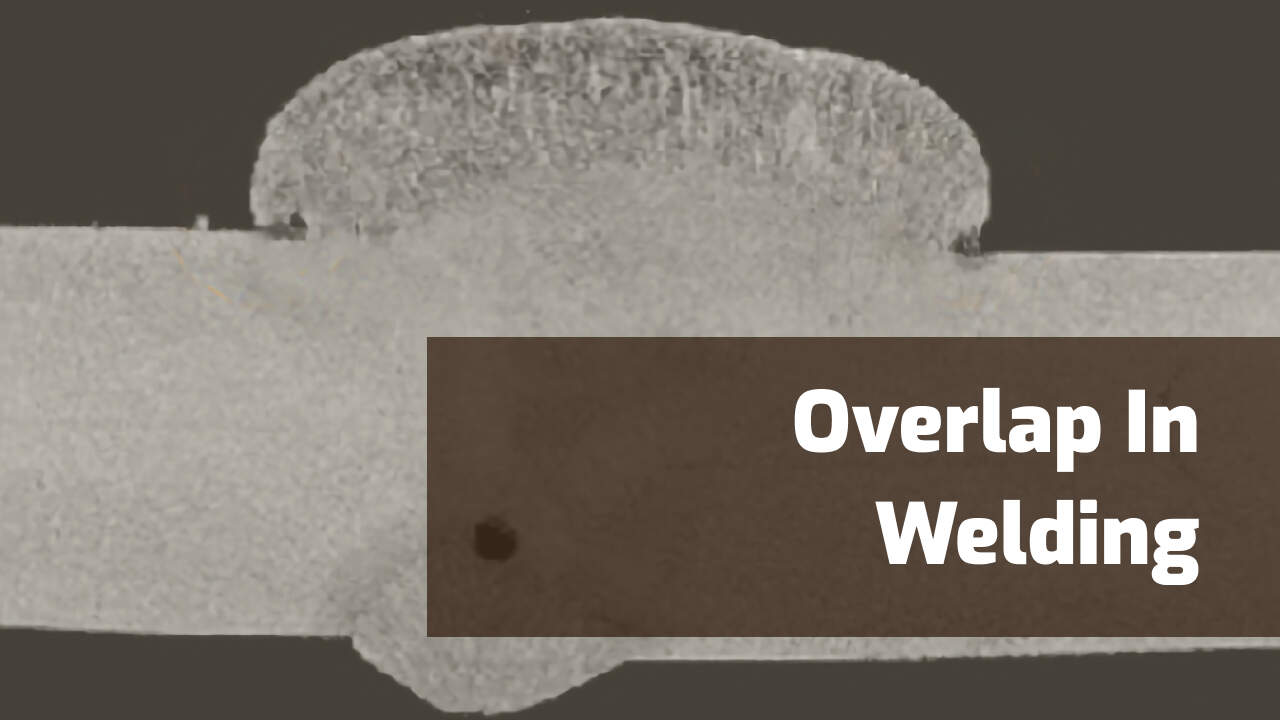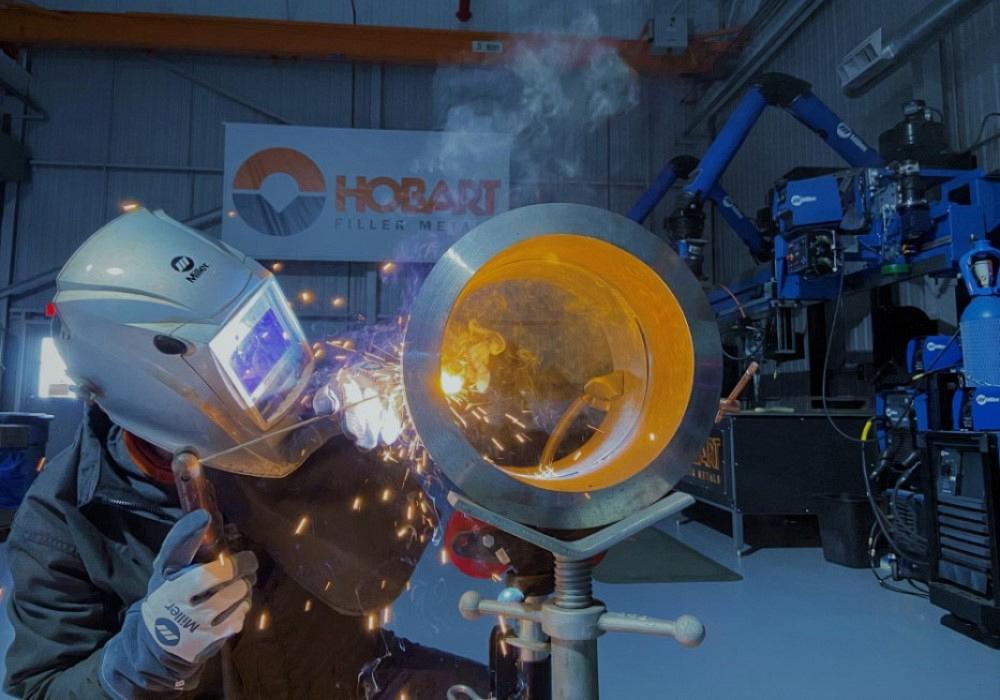Ultimate Overview to Preventing Weld Undercut: Tips and Techniques
Ultimate Overview to Preventing Weld Undercut: Tips and Techniques
Blog Article
A Comprehensive Overview to Identifying, Stopping, and Fixing Undercut Welding Problems in Your Welding Projects
In the world of welding, encountering undercut concerns is a typical difficulty that can jeopardize the structural honesty and general high quality of your welding projects. Recognizing the source behind undercut welding, having the ability to properly identify it in your welds, and executing effective preventative actions are vital skills for any welder. In addition, having the understanding and methods to rectify undercut troubles when they do happen can make a significant distinction in the final outcome of your welding ventures. Keep tuned as we check out the important parts of determining, preventing, and taking care of undercut welding problems, offering you with important understandings and approaches to elevate your welding abilities to the next level.
Common Causes of Undercut Welding
Undercut welding, an usual issue in welding procedures, can be triggered by various elements that need to be meticulously identified and addressed to guarantee the stability of the weld joint. Among the key sources of undercut welding is excessive warm input. When the welding specifications, such as voltage, existing, or take a trip rate, are not properly set, an extreme amount of warm can be produced. This excess warm causes the melting and succeeding elimination of the base product along the sides of the weld joint, creating a groove called undercut.
One more typical source of undercut welding is inappropriate welding strategy. Inadequate adjustment of the welding torch or weapon, incorrect angle or distance between the workpiece and the lantern, or inconsistent traveling speed can all add to the formation of undercut. Additionally, using the incorrect welding consumables or electrode dimension for a specific joint configuration can lead to undercut concerns. Recognizing these origin and executing corrective actions is crucial in preventing and fixing undercut welding issues in welding projects.
Identifying Undercut in Welds

To identify undercut accurately, proper lighting and magnification tools are necessary to examine the weld joint completely. Utilizing tools such as a welding gauge or a magnifying glass can aid in finding also the tiniest undercut flaws. Furthermore, running a finger or a fingernail along the weld joint can often expose undercut, as the surface may really feel irregular or have a dip where the undercut exists.
Preventative Procedures for Undercut
Having a deep understanding of the causes useful site of undercut in welds permits for the application of effective preventative steps to keep weld high quality and integrity. These setups should be enhanced to prevent extreme heat input, which can lead to damage development.

Methods for Repairing Undercut

Raising the welding present or lowering the traveling rate can assist load in the undercut. Furthermore, changing the welding technique from a press to a drag or vice versa can likewise help lessen undercut.
Another strategy is to make use of a weaving motion while welding to ensure proper sidewall combination and fill in the undercut. By oscillating the welding arc from side to side within the weld joint, the welder can deposit extra filler material into the undercut locations, efficiently getting rid of the issue.
In addition, grinding out the undercut and rewelding the joint can be a practical option for more serious undercut problems - Preventing weld undercut. This procedure involves eliminating the undercut area, preparing the base steel, and afterwards rewelding the joint with appropriate welding criteria and strategies to avoid undercut from repeating

Specialist Tips for Staying Clear Of Undercut
Making use of correct welding methods and preserving control over essential welding parameters are vital approaches for welders intending to stop undercut in their weld joints. One professional tip for avoiding undercut is company website to make certain correct joint preparation. This involves cleaning the base steel completely to remove any kind of impurities that might result in damage development. Additionally, picking the ideal welding process and filler metal for the certain application can assist prevent undercut. Welders need to likewise pay attention to the welding present and voltage settings, guaranteeing they are within the suggested variety to stay clear of overheating and potential undercut. Maintaining a constant traveling rate during the welding process is another necessary pointer to protect against undercut. By moving at a constant speed, welders can guarantee correct blend and decrease the chance of undercut formation. Examining the weld bead after conclusion can aid determine any signs of undercut early on, permitting for prompt rehabilitative action to be taken.
Conclusion
Finally, determining, avoiding, and dealing with undercut welding issues in your welding jobs is essential for making sure long lasting and strong welds. Preventing weld undercut. By understanding the typical reasons for undercut, having the ability to determine it in welds, carrying out preventative measures, and making use of correct methods for taking care of undercut, you can avoid potential issues and develop premium welds. Complying with specialist ideas for avoiding undercut can aid you enhance your welding skills and generate much better cause your tasks
Undercut welding, an usual problem in welding processes, can be triggered by numerous elements that need to be thoroughly identified and resolved to guarantee the honesty of the weld joint. Furthermore, running a finger or a fingernail along the weld joint can often reveal undercut, as the surface area may really feel irregular or have a dip where the undercut exists.
Using correct welding methods and keeping control over crucial welding criteria are important strategies for welders aiming to protect against undercut in their weld joints.In final thought, recognizing, avoiding, and dealing with undercut welding problems in your welding jobs is crucial for making sure solid and resilient welds. By comprehending the typical reasons of undercut, Discover More Here being able to identify it in welds, executing precautionary actions, and utilizing appropriate methods for dealing with undercut, you can stay clear of potential issues and produce high-grade welds.
Report this page